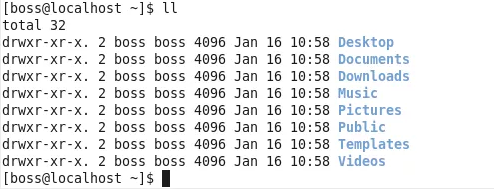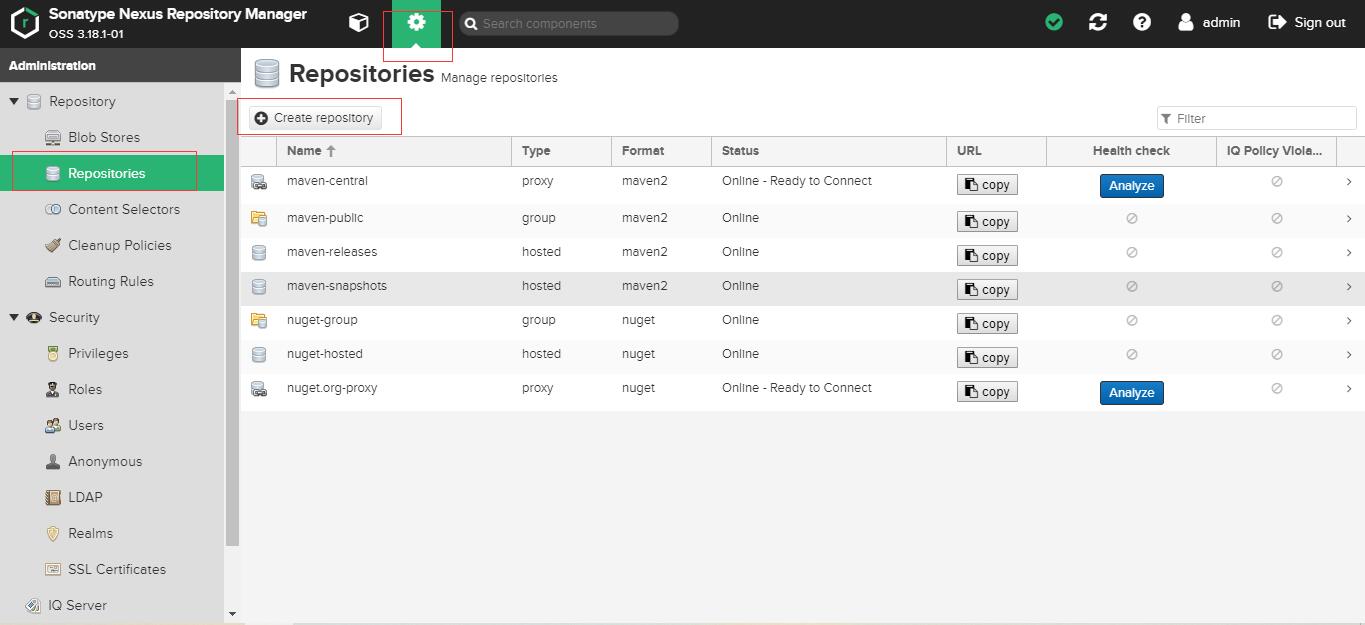I have a handler for Application.ThreadException, but I'm finding that exceptions aren't always getting passed to it correctly. Specifically, if I throw an exception-with-inner-exception from a BeginInvoke callback, my ThreadException handler doesn't get the outer exception -- it only gets the inner exception.
Example code:
public Form1()
{
InitializeComponent();
Application.ThreadException += (sender, e) =>
MessageBox.Show(e.Exception.ToString());
}
private void button1_Click(object sender, EventArgs e)
{
var inner = new Exception("Inner");
var outer = new Exception("Outer", inner);
//throw outer;
BeginInvoke(new Action(() => { throw outer; }));
}
If I uncomment the throw outer; line and click the button, then the messagebox shows the outer exception (along with its inner exception):
System.Exception: Outer ---> System.Exception: Inner
--- End of inner exception stack trace ---
at WindowsFormsApplication1.Form1.button1_Click(Object sender, EventArgs e) in C:\svn\trunk\Code Base\Source.NET\WindowsFormsApplication1\Form1.cs:line 55
at System.Windows.Forms.Control.OnClick(EventArgs e)
at System.Windows.Forms.Button.OnClick(EventArgs e)
at System.Windows.Forms.Button.OnMouseUp(MouseEventArgs mevent)
at System.Windows.Forms.Control.WmMouseUp(Message& m, MouseButtons button, Int32 clicks)
at System.Windows.Forms.Control.WndProc(Message& m)
at System.Windows.Forms.ButtonBase.WndProc(Message& m)
at System.Windows.Forms.Button.WndProc(Message& m)
at System.Windows.Forms.Control.ControlNativeWindow.OnMessage(Message& m)
at System.Windows.Forms.Control.ControlNativeWindow.WndProc(Message& m)
at System.Windows.Forms.NativeWindow.Callback(IntPtr hWnd, Int32 msg, IntPtr wparam, IntPtr lparam)
But if the throw outer; is inside a BeginInvoke call, as in the above code, then the ThreadException handler only gets the inner exception. The outer exception gets stripped away before ThreadException is called, and all I get is:
System.Exception: Inner
(There's no call stack here because inner never got thrown. In a more realistic example, where I caught one exception and wrapped it to re-throw, there would be a call stack.)
The same thing happens if I use SynchronizationContext.Current.Post instead of BeginInvoke: the outer exception is stripped off, and the ThreadException handler only gets the inner exception.
I tried wrapping more layers of exceptions around the outside, in case it was just stripping off the outermost exception, but it didn't help: apparently somewhere there's a loop doing something along the lines of while (e.InnerException != null) e = e.InnerException;.
I'm using BeginInvoke because I've got code that needs to throw an unhandled exception to be immediately handled by ThreadException, but this code is inside a catch block higher up the call stack (specifically, it's inside the action for a Task, and Task will catch the exception and stop it from propagating). I'm trying to use BeginInvoke to delay the throw until the next time messages are processed in the message loop, when I'm no longer inside that catch. I'm not attached to the particular solution of BeginInvoke; I just want to throw an unhandled exception.
How can I cause an exception -- including its inner exception -- to reach ThreadException even when I'm inside somebody else's catch-all?
(I can't call my ThreadException-handler method directly, due to assembly dependencies: the handler is hooked by the EXE's startup code, whereas my current problem is in a lower-layer DLL.)





